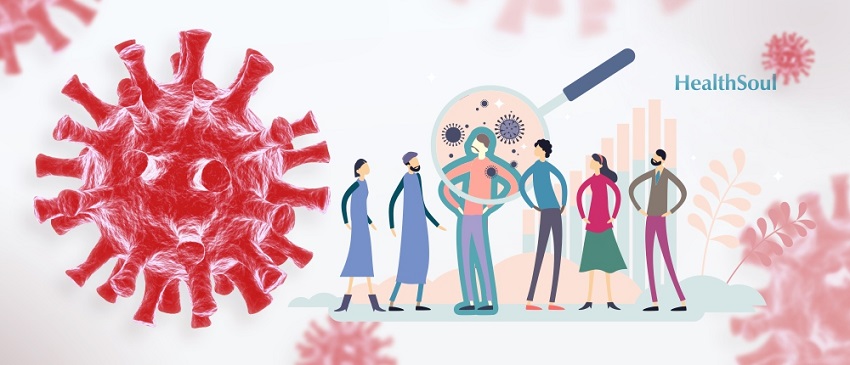Signs and Symptoms of COVID-19 and its transmission to healthcare workers

As the world reels from the coronavirus pandemic, people across the globe are confused, uncertain, and scared. The unknown can feel overwhelming, and the aggressive measures being taken to dampen the spread of the disease are unprecedented, leading many to wonder what separates fact from fiction.
As more information becomes available, healthcare professionals are developing a clearer picture of the signs and symptoms of the novel coronavirus, giving everyone a better idea of what to look for. Further, the risk of transmission to healthcare workers themselves is coming into focus.
So, what are the clinical characteristics of those hospitalized with pneumonia-related to COVID-19 (novel coronavirus-infected pneumonia or NCIP), and what are the risks to those putting their lives in harm’s way on the front lines? Read on to find out.

The Study
138 patients with NCIP in a single center in Wuhan, China, where the virus is assumed to have originated, were examined. The signs and symptoms of the virus were noted, and the outcomes of the disease were tracked in those 138 patients. This information is exceptionally valuable, as such clinical knowledge is severely lacking due to the newness and rapid spread of the virus.
The Results
Of the 138 patients included in the study, 26% were admitted to intensive care and 4.3% died. 41% of patients are suspected of transmitting COVID-19 human-to-human within a hospital setting.
The median age of those hospitalized was 56 years old, and slightly over half of the patients were men. Many healthcare professionals were affected, with 29% suspected of becoming infected by hospital-associated transmission.
Symptoms were varied, but the most common ones were fever (98.6% of patients), fatigue (69.6%), and dry cough (59.4%). Other symptoms, such as elevated lactate dehydrogenase, lymphopenia, and prolonged prothrombin time were seen, as were patchy shadows and ground-glass opacity in chest scans of patients.
Older patients and those with preexisting conditions were more likely to be admitted to the ICU.
What It Means
While it used a small sample size from only one location, this study was at the forefront of the outbreak before it became a worldwide pandemic. It established basic guidelines of what to look for as identifies of COVID-19, who is most at risk, and how healthcare professionals can be affected. While more information is sure to be discovered and published in the coming weeks, this study is invaluable during the early phases of the novel coronavirus spread.

